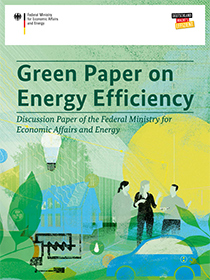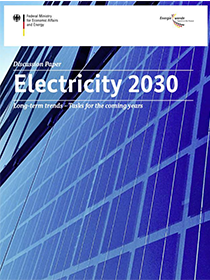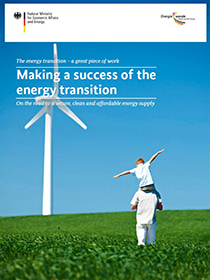Clear goals and targets have been set out for all the areas of the energy transition – electricity, heat and transport. Most of our efforts are targeted on two things: we want our energy supply to be increasingly based on renewables. And we want to use energy ever more efficiently. Our energy transition is guided by the principles set out in the Federal Government’s Energy Concept, by further decisions by the Bundestag, and by European rules and regulations.
The energy transition has seen some significant progress, notably in terms of the electricity market, digitisation, and the latest revision of the Renewable Energy Sources Act. The electricity market has been thoroughly reformed to integrate renewables and pave the way for an electricity market 2.0 fit for taking up a growing share of renewables. The groundwork for new digital infrastructure that links up electricity generators and consumers has also been laid. These various reforms have all been designed to fit in well into the European single market. It is more efficient to take concerted action within Europe than for an individual country to act unilaterally.
A target architecture for the energy transition
The target architecture for the energy transition is designed to ensure that we have our eyes firmly on the objectives of the energy transition as we develop specific policy action. The various quantitative goals set out in the Federal Government’s Energy Concept are ranked according to their importance. This creates a clear structure to work with. As it designs the target structure and the specific policy action, the Federal Government takes care to favour cost-effective solutions that also deliver the best possible level of systems integration for renewables. This is necessary to keep our energy supply affordable.









